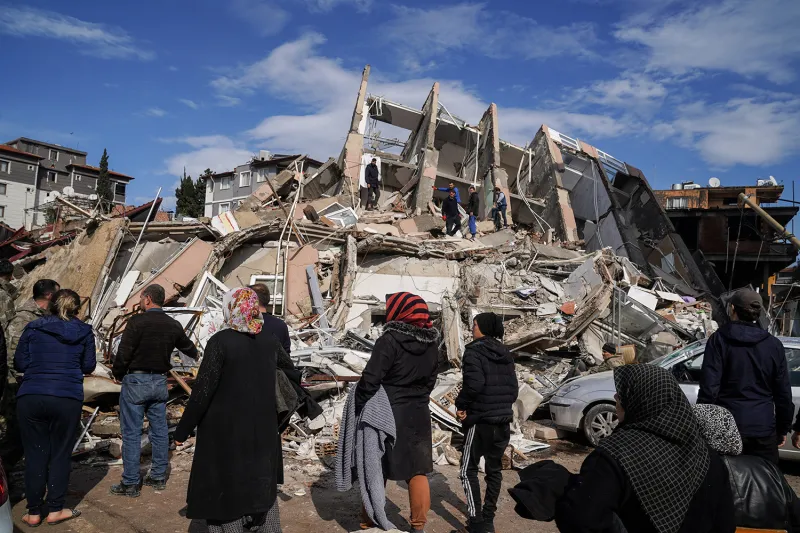Introduction
Natural disasters have always been a part of our world, shaping landscapes and communities in profound ways. One such devastating event is an earthquake, and Turkey is no stranger to its powerful tremors. In this article, we will delve into the causes of earthquakes in Turkey, their impact on the nation, and the crucial measures taken to mitigate the damage.
The Seismic Landscape of Turkey
Turkey lies at the crossroads of several tectonic plates, including the Eurasian Plate, the Arabian Plate, and the African Plate. The convergence and interactions of these plates have given rise to a highly active seismic region. The North Anatolian Fault (NAF) and the East Anatolian Fault (EAF) are two significant fault lines that traverse the country, causing frequent earthquakes.
The Role of Tectonic Activity
Turkey’s unique geographic location makes it susceptible to seismic activity. The collision of the Eurasian and Arabian Plates creates immense pressure and stress along the fault lines, leading to the buildup of energy that is eventually released in the form of earthquakes.
The Impact of Earthquakes
Human Toll and Infrastructure Damage
Earthquakes in Turkey have had a profound impact on its people and infrastructure. Historical earthquakes, such as the devastating 1999 Izmit earthquake, caused widespread destruction and loss of life. Buildings, bridges, and roads have been reduced to rubble, leaving communities in disarray.
Economic Consequences
The economic repercussions of earthquakes are significant. Rebuilding after a major seismic event requires substantial financial resources. Moreover, disruption to industries and markets in the affected areas can have lasting effects on the national economy.
Preparedness and Mitigation
Building Regulations and Infrastructure
To mitigate the impact of earthquakes, Turkey has implemented stricter building codes and regulations. These codes require structures to be built with earthquake-resistant materials and designs that can withstand the ground motion caused by tremors.
Early Warning Systems
In recent years, Turkey has also invested in early warning systems that can detect the initial, less destructive waves of an earthquake and send alerts to people and industries. This advance notice allows individuals to seek shelter and for critical operations to halt, minimizing potential damage.
Community Engagement and Education
Raising Awareness
Educating the public about earthquake preparedness is paramount. Government agencies and non-governmental organizations (NGOs) conduct awareness campaigns, teaching citizens about evacuation plans, emergency supplies, and first-aid techniques.
Incorporating Earthquake Drills
Regular earthquake drills are conducted in schools, workplaces, and communities to ensure that people are well-prepared to react swiftly in case of an earthquake. These drills play a crucial role in reducing panic and increasing overall readiness.
Conclusion
Turkey’s susceptibility to earthquakes is a constant reminder of the unpredictable power of nature. Through stringent building codes, advanced warning systems, and educational campaigns, the nation is taking significant steps to mitigate the impact of these seismic events. By embracing a culture of preparedness, Turkey stands resilient in the face of one of nature’s most formidable challenges.




